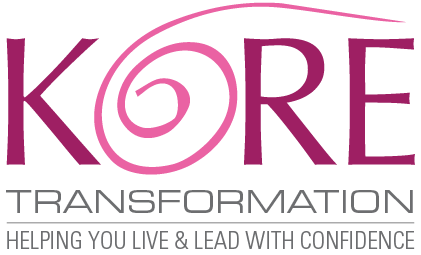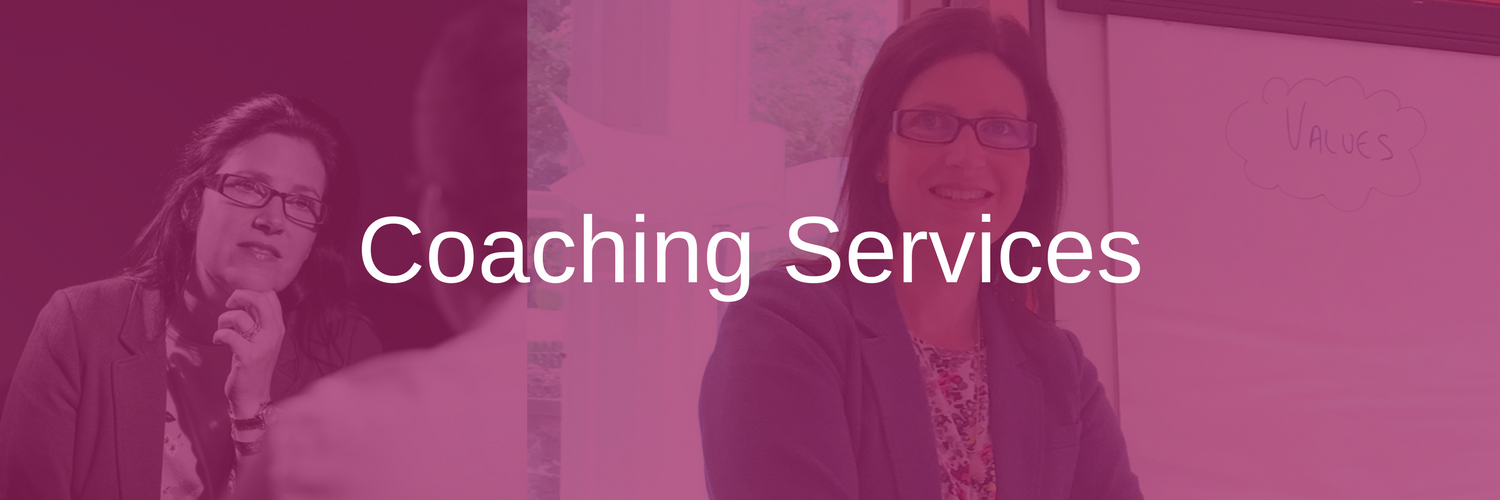Creating a culture of coaching and purpose
I shared an article this week written by Jim Clifton of Gallup and Strengths Finder fame about the need to move from a culture of annual appraisals to one of coaching. I saw this rolled out successfully while working at Adobe. I’m a coach, so no surprise that I’m going to be in violent agreement here. The post got me thinking more broadly, however, about employee engagement in general. None of the organizational leaders that I know would disagree that it’s the secret sauce we’re all searching for. Employees are more likely to go above and beyond when they are engaged. We also know that the more employees we have in our organizations that go above and beyond, the bigger the impact is likely to be on our bottom line. So what is employee engagement and how do we get more of it?
Only one-third of the workforce is engaged
According to Gallup, only one-third of the American workforce is engaged, I assume it’s similar in Europe although I don’t have any data confirming that. One-third. That means two-thirds are either actively disengaged or “just there”. That doesn’t sound that great to me.
Jim Clifton suggests in his article that the current leadership philosophy in America just isn’t working, that we need “a major workplace disruption” to resolve this and that we need to move from a “culture of pay check to a culture of purpose”.
The point that really grabbed my attention here though was the suggestion that we need to:
“Institute a leadership culture of developing strengths versus one of fixing weaknesses.”
Wow – now we’re talking!
Nurturing versus fixing
When I was employed I would never have described myself as a ‘dis-engaged’ employee. For most of my career, I have been responsible for leading a team and therefore also responsible for employee engagement. To lack engagement myself would hardly have been a good starting point. As leaders, however, the way we’ve been conditioned to provide feedback has a tendency to focus on gaps.
For me, no matter how well my achievements were described and applauded, the message I heard was that I somehow needed to ‘be fixed’. Now, I will admit that I have a high tendency toward ‘hyper-achiever’ and ‘pleaser’ in my saboteur profile and any ‘feedback conversation’ was a massive trigger for them. So this is certainly not a criticism of anyone who has had the unenviable task of managing me and my saboteurs. Rather, this is pointed to the way we’ve all been guided to manage and provide feedback to our employees over the past 20 or 30 years. I include myself in this too and as I write I’m cringing at some of the ‘feedback sandwiches’ I’ve administered to some poor undeserving soul in my quest to make them perfect!
We need to change our approach
In no way do I want to play down the requirement for performance management and good fit. One of the critical aspects of building an engaged team is hiring the right people in the first place and that’s another topic. But Jim Clifton is right. We need to change the approach to the way we lead if we want to capture that elusive thing we call employee engagement.
Learning from Startups
I’m sure that there are no silver bullets for this. I also believe that as more Millennials enter the workforce that the bar is going to be set even higher in terms of what is expected in the workplace. Having cool and funky work spaces a la Skyscanner et al is going to be the norm. Being included in decisions, being consulted, having a voice and being at the table are part of this too. Startups just seem to get this and I have to admit to being blind to this until very recently. My sense is that all these components are in abundant supply in the Startup environment and that this is a huge magnet for much of our young talent, especially in the technology space. The sense of inclusion and being part of something is so much part of the DNA there.
This was highlighted to me at a recent event listening to the founders of Intelligentpos, a young and successful tech company based in Edinburgh. People are at the heart of everything they do. Robin Knox their CEO and Co-Founder said that their hiring vision was for “everyone to be part of the decision-making process and part of the company” and this seems to be the source of the high engagement in their workforce, many of whom were in enthusiastic attendance at the Startup Grind event. When you have 50 employees that’s certainly manageable, the challenge is how to cling onto that at scale.
Recognizing talent and strengths
One of the first managers I ever had always springs to mind when I think about employee engagement. She was the first person to sit down with me and talk about objectives. I remember being suspicious when she first suggested this, naively assuming it to be a ploy on her part to trip me up. Saboteurs strike again. Yet this couldn’t have been further from the truth.
I am going back some 20 years now and don’t remember the details of the specific objectives or exactly what I did to deliver against them. What I will never forget is how she made me feel a few months later when we reviewed them together. The way she supported, encouraged and praised what I did was amazing and I have turned back to that conversation many times. Her focus was entirely on what I had done well, recognizing my strengths and pointing out something in me that I wasn’t even aware of myself. It’s possible that I may be looking back at this time of my career with rose tinted glasses. I know for sure, though, that I would have gone above and beyond for her any day and to be honest probably still would. She truly was an inspiration and I’m sure she still is. How many of your employees would say that about you?
Stand back and watch them soar
It is easier to develop, nurture, tease out and build on talent that is already there. Shine a light on the gift that someone already has. Help and guide them to be the best version of themselves. Hold them accountable and challenge them to be bigger and bolder. Pose powerful questions to enable them to find their own answers. Stand back and watch them soar.
“Everybody is a genius. But if you judge a fish by its ability to climb a tree, it will live its whole life believing that it is stupid.”
Albert Einstein
Jim Clifton’s full article can be found here.



